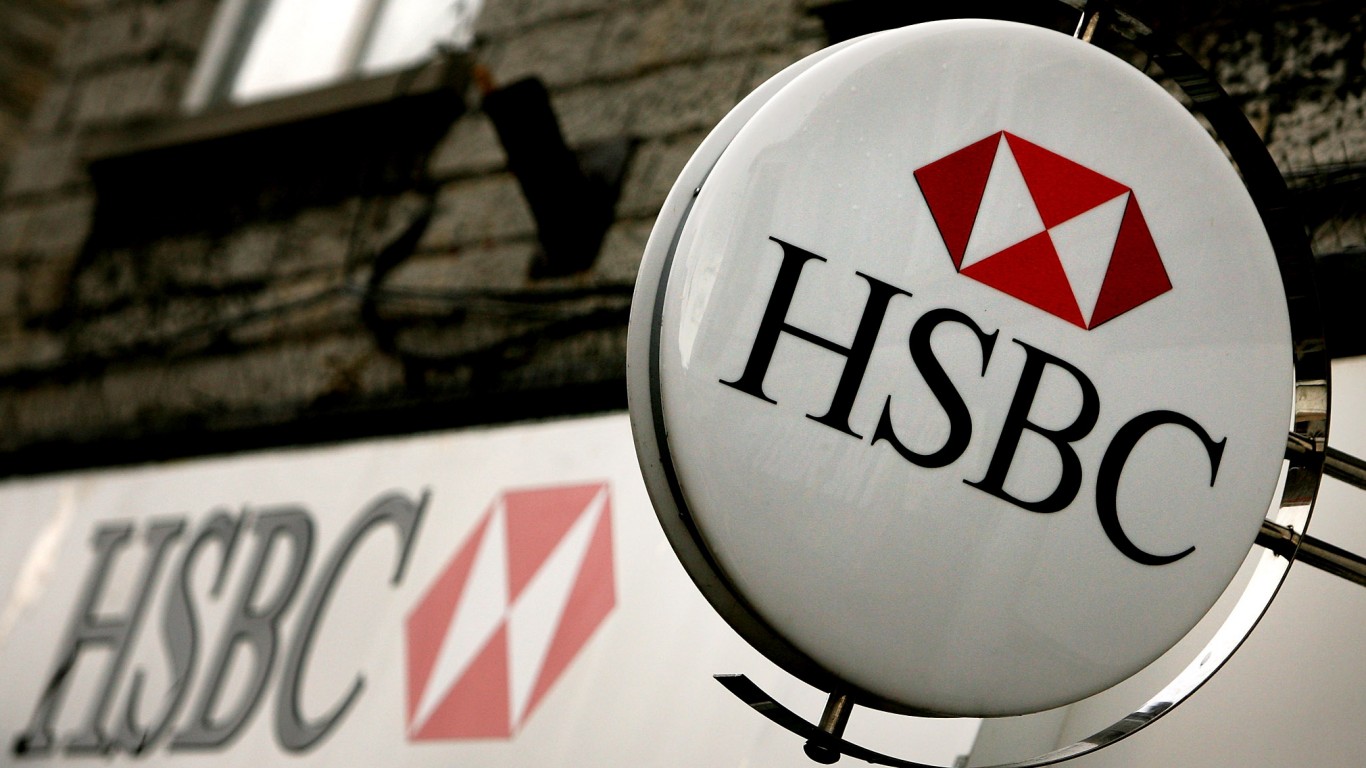Investing
How to Maximize Your Retirement Portfolio With These Top-Ranked Dividend Stocks

Published:

Believe it or not, seniors fear running out of cash more than they fear dying.
Also, retirees who have constructed a nest egg have valid justifications to be concerned, since the traditional ways to plan for retirement may mean income can no longer cover expenses. Some retirees are now tapping their principal to make a decent living, pressed for time between decreasing investment balances and longer life expectancies.
Retirement investing approaches of the past don’t work today.
For many years, bonds or other fixed-income assets could produce the yield needed to provide solid income for retirement needs. However, these yields have dwindled over time: 10-year Treasury bond rates in the late 1990s were around 6.50%, but today, that rate is a thing of the past, with a slim likelihood of rates making a comeback in the foreseeable future.
While this yield reduction may not seem drastic, it adds up: for a $1 million investment in 10-year Treasuries, the rate drop means a difference in yield of more than $1 million.
And lower bond yields aren’t the only potential problem seniors are facing. Today’s retirees aren’t feeling as secure as they once did about Social Security, either. Benefit checks will still be coming for the foreseeable future, but based on current estimates, Social Security funds will run out of money in 2035.
Unfortunately, it looks like the two traditional sources of retirement income – bonds and Social Security – may not be able to adequately meet the needs of present and future retirees. But what if there was another option that could provide a steady, reliable source of income in retirement?
Invest in Dividend Stocks
Dividend-paying stocks from low-risk, high-quality companies are a smart way to generate steady and reliable attractive income streams to replace low risk, low yielding Treasury and bond options.
Look for stocks that have paid steady, increasing dividends for years (or decades), and have not cut their dividends even during recessions.
One approach to recognizing appropriate stocks is to look for companies with an average dividend yield of 3% and positive average annual dividend growth. Numerous stocks hike dividends over time, counterbalancing inflation risks.
Here are three dividend-paying stocks retirees should consider for their nest egg portfolio.
Federated Hermes (FHI) is currently shelling out a dividend of $0.04 per share, with a dividend yield of 3.24%. This compares to the Financial – Investment Management industry’s yield of 2.5% and the S&P 500’s yield of 1.67%. The company’s annualized dividend growth in the past year was 3.7%. Check Federated Hermes (FHI) dividend history here>>>
HSBC (HSBC) is paying out a dividend of $0.5 per share at the moment, with a dividend yield of 5.28% compared to the Banks – Foreign industry’s yield of 4.6% and the S&P 500’s yield. The annualized dividend growth of the company was 68.15% over the past year. Check HSBC (HSBC) dividend history here>>>
Currently paying a dividend of $0.22 per share, Juniper Networks (JNPR) has a dividend yield of 3.05%. This is compared to the Wireless Equipment industry’s yield of 0% and the S&P 500’s current yield. Annualized dividend growth for the company in the past year was 4.76%. Check Juniper Networks (JNPR) dividend history here>>>
But aren’t stocks generally more risky than bonds?
Yes, that’s true. As a broad category, bonds carry less risk than stocks. However, the stocks we are talking about – dividend -paying stocks from high-quality companies – can generate income over time and also mitigate the overall volatility of your portfolio compared to the stock market as a whole.
An upside to adding dividend stocks to your retirement portfolio: they can help lessen the effects of inflation, since many dividend-paying companies (especially blue chip stocks) generally increase their dividends over time.
Thinking about dividend-focused mutual funds or ETFs? Watch out for fees.
If you prefer investing in funds or ETFs compared to individual stocks, you can still pursue a dividend income strategy. However, it’s important to know the fees charged by each fund or ETF, which can ultimately reduce your dividend income, working against your strategy. Do your homework and make sure you know the fees charged by any fund before you invest.
Bottom Line
Whether you select high-quality, low-fee funds or stocks, seeking the steady income of dividend-paying equities can potentially offer you a path to a better and more stress-free retirement.
Federated Hermes, Inc. (FHI): Free Stock Analysis Report
Juniper Networks, Inc. (JNPR): Free Stock Analysis Report
HSBC Holdings plc (HSBC): Free Stock Analysis Report
To read this article on Zacks.com click here.
This article originally appeared on Zacks
Are you ahead, or behind on retirement? For families with more than $500,000 saved for retirement, finding a financial advisor who puts your interest first can be the difference, and today it’s easier than ever. SmartAsset’s free tool matches you with up to three fiduciary financial advisors who serve your area in minutes. Each advisor has been carefully vetted and must act in your best interests. Start your search now.
If you’ve saved and built a substantial nest egg for you and your family, don’t delay; get started right here and help your retirement dreams become a retirement reality.
Thank you for reading! Have some feedback for us?
Contact the 24/7 Wall St. editorial team.